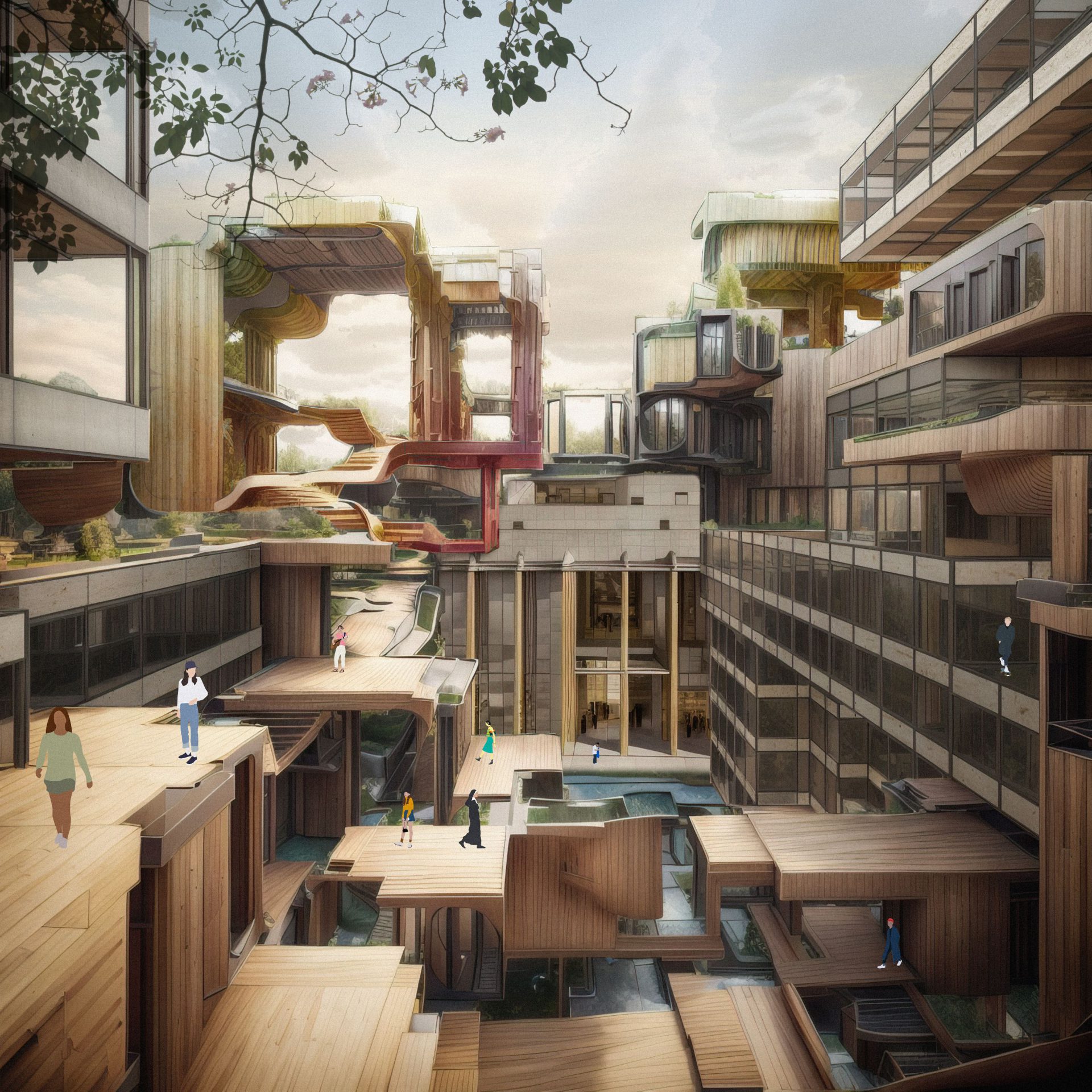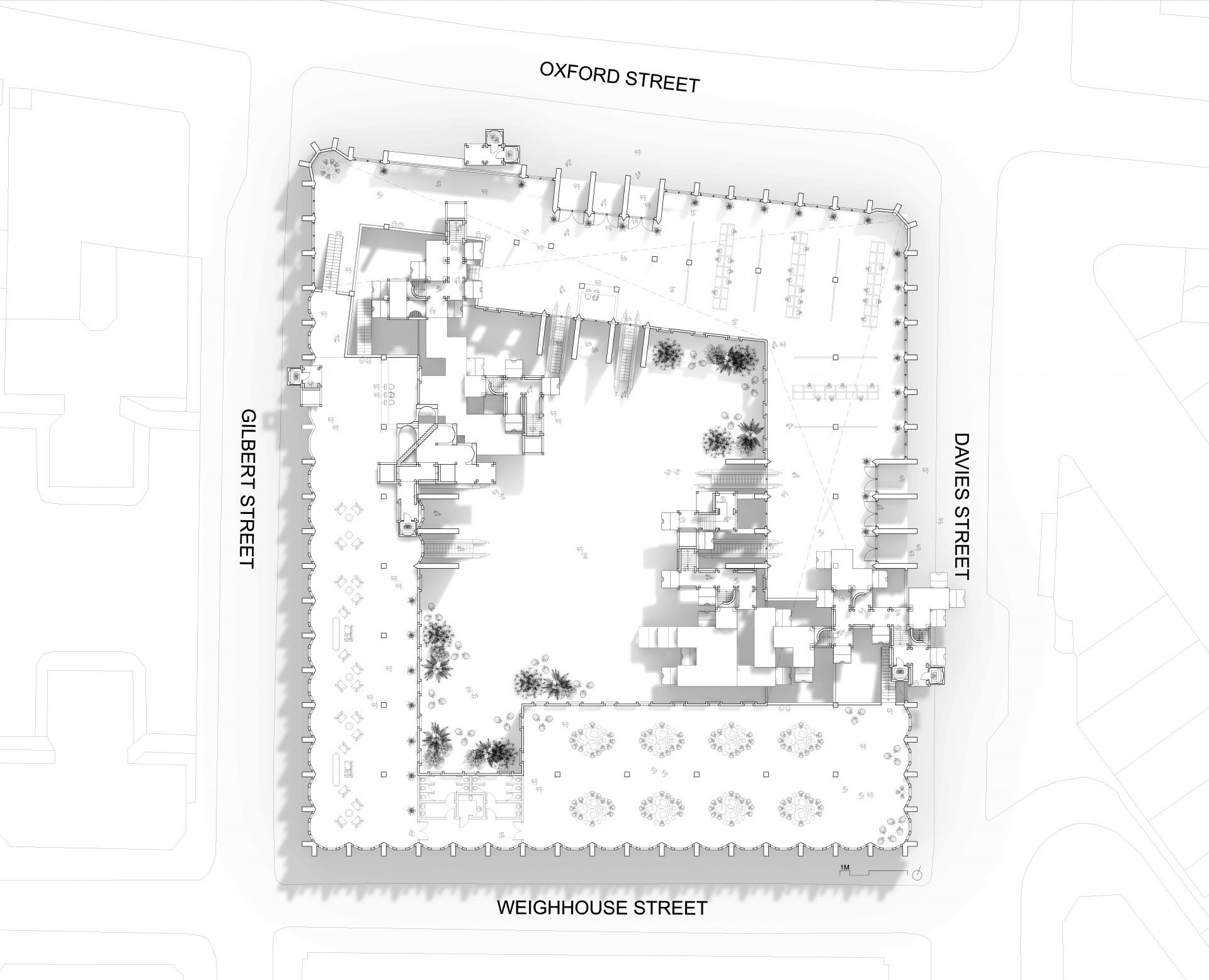DS 13
Tutors
Andrei Martin
Andrei Martin is a design partner at PLP Architecture, a London-based global design practice.
Read More...Andrew Yau
Andrew Yau is a design director at Urban Future Organisation, an international practice and design research collaborative.
Read More...Guest Critics
Jason Antony (Sam Hunters Architects)
Sonya Batsova (APT)
Monika Bochynska (ACA Studios)
Marco Catena (Atkins)
Mahmoud Chehab (Avison Young)
Clive Fenwick (Studio IRIS)
Simona Kuneva (Allies and Morrison)
Mingyang Li (Foster + Partners)
Francesco Montaguti (HawkinsBrown)
Evan Preuss (PLP Architecture)
Keshav Ramaswami (PLP Architecture)
Nick Strachan (Leslie Jones Architects)
Xin Swift (Zaha Hadid Architects)
Larisa Tsydenova (Foster + Partners)
Alejandro Vincente Soto (AHMM)
Dagmar Zvonickova (Identity Designers)
Acknowledgements
Read More...Just as retail transformed cities at the turn of the century, will its demise or reinvention be the contemporary catalyst for urban change? This year, DS13 focused on Oxford Street, one of the oldest thoroughfares in London and Europe’s busiest shopping street. But despite these superlatives, Oxford Street is also in a moment of crisis. The shift to online shopping and the ensuing global retail apocalypse has changed the landscape of the street, choking this well-oiled machine that produces sensation and impulse by depriving it of its fuel – footfall. With a 50% reduction in pedestrian traffic, and the onslaught of digital consumerism, street shopping is rapidly becoming history. So, what’s next for Oxford Street? We began the year by imagining an alternative, postretail Oxford Street through a series of interventions that operate across scales, from the scale of the body to that of architecture to finally that of urban infrastructure. Within the spatial container of the street itself, we proposed new connective civic tissues, bridges, layered public realms, infra-thin and ultra-long buildings to produce ecosystems tasked with the production of multivalent moods and atmospheres, as well as with inferring new scenarios for the inhabitation of the street. Through fluid typologies we speculated on new ways of being, acting, producing, and consuming. From the perspective of the architectural critic, the history of retail display can seem a bestiary of novel forms, a disordered fi
Read More...























